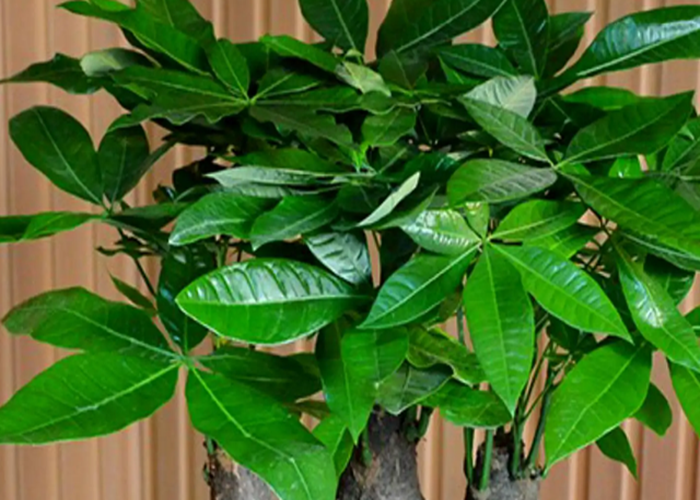Invasive plants are not only dominating landscapes but also transforming the soil beneath them. A new study, co-authored by Matthew McCary, assistant professor of biosciences at Rice University, reveals that these invasive species are reshaping soil microbial communities across the United States, leading to greater uniformity and changing ecosystem functions.
The research, published in the Proceedings of the National Academy of Sciences, highlights the extensive impacts of invasive plants, which extend beyond their visible effects above ground.
Based on data collected from 377 plots nationwide, the study shows that invasive plants with fast-growing root systems outcompete native species. This disrupts the natural balance of soil microbes, a process known as biotic homogenization. As a result, ecosystems become less diverse over time, with communities becoming increasingly similar.
McCary emphasized that this study reveals an important but often overlooked consequence of plant invasions: their significant belowground effects on soil health and biodiversity. He co-authored the study with Gabriela Nunez-Mir, an assistant professor of biological sciences at the University of Illinois Chicago.
“Invasive plants can fundamentally alter the soil beneath them,” McCary stated. “In regions with high levels of invasion, we observed a striking similarity in soil microbial communities across various ecosystems and geographical areas. This uniformity was not observed in areas dominated by native plants.”
The researchers discovered that the root traits of invasive plants showed twice as much variation in microbial composition compared to native plants. Invasive species tend to have more rapid root growth, allowing them to compete effectively with native flora and soil microbes for essential nutrients. This competition contributes to the uniformity of microbial communities across different regions.
The study identified specific root traits—such as lower carbon-to-nitrogen (C) ratios and longer specific root lengths—as key factors driving these changes. The rapid growth of invasive roots affects nutrient cycling and organic matter availability, amplifying their impact on the soil ecosystem.
Data for the study were sourced from the National Ecological Observatory Network, which gathered soil samples and root trait data from various ecosystems in the U.S. The researchers also considered other factors, including soil properties and C ratios, which influence microbial variation. Invasive plants with low C ratios, linked to fast root growth and nutrient uptake, were particularly effective at altering soil microbial communities.
McCary stressed the importance of including belowground effects in the management of invasive species, as these effects are as transformative as their aboveground impacts. “Understanding how invasive plants affect soil microbes is essential for restoring ecosystems,” he said.
While the study has limitations, such as using phospholipid fatty acid analysis to characterize microbial communities and phylogenetic imputation to address missing plant-trait data, the findings remain significant. McCary believes these results validate the need for further research at more detailed taxonomic levels.
“The implications of this research are broad,” he added, “as soil microbial communities play a crucial role in nutrient cycling, plant growth, and ecosystem stability.”
Related topics:
- Scientists Uncover How Plants Create a New Anti-Stress Molecule
- EcoPel Launches Vine Squad to Combat Invasive Plants on Local Streets and Highways
- Discover the Stars and Gather Plants in the Northwest Outdoors


